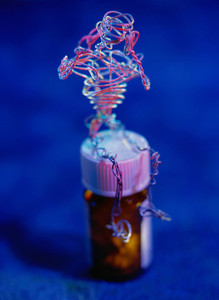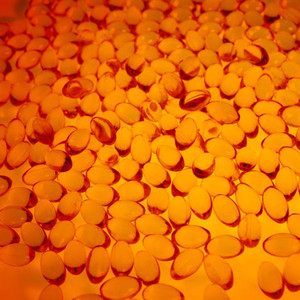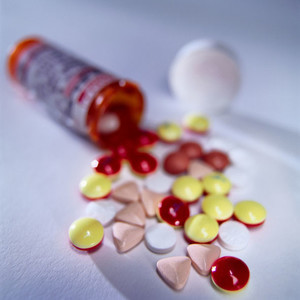After years of warding off generics, large pharmaceutical companies are embracing generic drug manufacturers and vying for a share of the off-patent drugs business. Indian generic companies, once considered business pariahs, are the focus of plenty of action, Anju Ghangurde reports in Scrip News of 9 December 2009.
Big Pharma’s strategic detour into generics
Generics/General
|
Posted 20/01/2010
 0
Post your comment
0
Post your comment

Tarun Shah, Asia Head of Mehta Partners, the strategic business advisor to Japan's Daiichi Sankyo in its 2008 acquisition of Ranbaxy, argues that Big Pharma's interest in the generics business will not be a short-lived romance. Intelligent pharmaceutical companies understand that payers including the US, European and Japanese governments, and insurance companies, can no longer afford to pay "top dollar" for products when the same therapeutic effect can be achieved using generics that cost a couple of cents, Mr Shah said. In the US, for example, former President George Bush's PEPFAR (President's Emergency Plan for AIDS Relief), through its Supply Chain Management System project, saved more than US$30 million between January and March 2007 by buying generic products.
Mehta Partners states social and economic pressures will lead to a fundamental shift in the pharmaceutical business model. In a three-volume report entitled ‘Outlook 2009: Global Pharmaceutical and Biotechnology’, Mehta Partners advocates a new approach that involves creating a balanced spread of revenues across geographies, including emerging markets and a business base propelled by off-patent products. "Innovation risks could be hedged by a presence in the OTC/generic/diagnostic and animal health segments", the report suggested. RD Joshi, Director of Business Processes at the Indian pharmaceutical and healthcare consultancy Interlink, is of a similar view. He argues that the generics market offers high-volume yields and is rich in cash flow; therefore it makes sense for innovators to include the generic option in their business models.
Traditionally, generic products, of both the plain vanilla and branded variety, accounted for less than 10% of the global pharmaceutical market. Back then innovator firms could afford to ignore the generics segment, but that is no longer the case. Over the past five years, generics have gained market share and are growing at a much faster rate than the branded segment. In 2009, generics could account for as much as 23% of the total market, predicts Sanjiv Kaul, Managing Director of ChrysCapital, an India-focused investment firm. In the US market, generic penetration has grown from 47% of prescriptions written in 1999 to 63% in 2007. The figure has yet to peak. (see also Big Pharma finally warms to generic pariahs, How easily will Big Pharma slip into generics ‘avatar’?, Big Pharma’s generics entry and generic drug prices and Should Indian generic firms partner with Big Pharma?)
Reference:
Anju Ghangurde. 2010 Scrip 100: Big pharma finally warms to generic pariahs. Scrip News/2010 Scrip 100. 2009 December 9.
Research
Japan’s drug shortage crisis: challenges and policy solutions
Saudi FDA drug approvals and GMP inspections: trend analysis
EMA launches European shortages monitoring platform to tackle persistent medicine shortages

Generics/General Posted 03/12/2024
FDA releases one-year progress report for the Generic Drug Cluster

Generics/General Posted 28/10/2022
The best selling biotechnology drugs of 2008: the next biosimilars targets








Post your comment